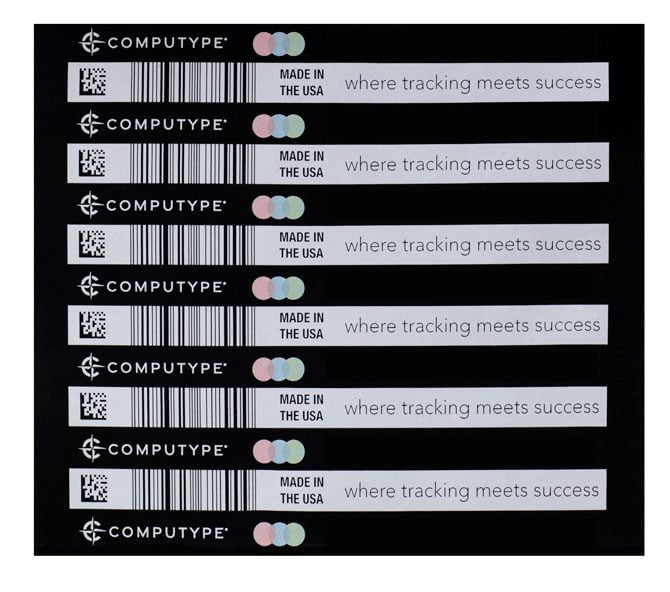Challenges rubber belt manufacturers often mention are unnecessary waste and special imaging requirements – like color and variable data.
Pre-printed rubber marking films are nothing new, but in an effort to tackle some of our customers most common concerns we’ve decided to take a unique approach using digital print technology. Our goal in developing this film was to help our customers reap the efficiency boosting benefits of a pre-printed strategy without the associated waste, regardless of their complex imagery or data needs.
Learn more about what makes digitally pre-printed transfer films different from thermal transfer or screen-printed films and how they can help reduce waste, enhance your marking strategy and integrate with a print on-demand system to accommodate data on short notice.
What Makes Digitally Pre-printed Rubber Marking Film Different?
The major difference between a digitally pre-printed film and most other pre-printed transfer films you’ll find is the print technology.
Screen printing and thermal transfer are currently the standard print technologies for rubber marking. Both share reliable image quality and durability, but screen printing offers increased opportunities for color compared to thermal transfer.
Digital printing is a method of printing a digital-based image onto a substrate. The image is mapped out digitally before being applied to a material, which in this case is the transfer film.
There are many kinds of digital printing, including the kind of printer you might have at home or in the office. I mention this because while our digital presses are much different from your printer at home the concept is similar. Think about the complexity of the images you can print on a sheet of paper at home and how quickly and easily your printer adapts from one image to the next in a single run.
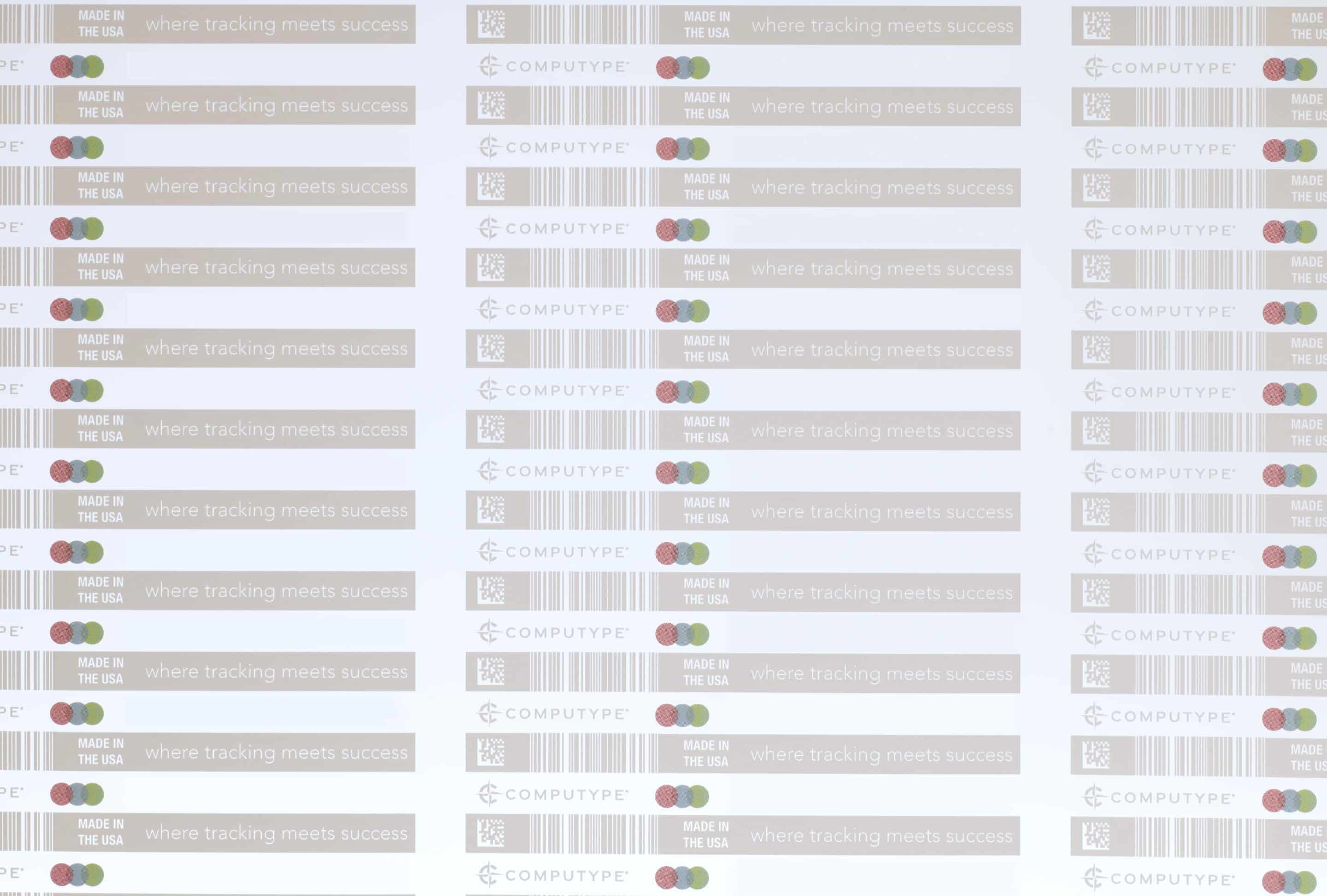
Our digital presses are also able to accommodate variations in imagery and text from one image to the next without disruptions – meaning certain types of variable data and multiple brands, no matter the color combination, can easily be represented in a single run. Once your films are printed and delivered to your site, the experience will be familiar. Your films are ready to be applied pre- or post-cure and your image transferred to your rubber just like the transfer films you’ve used in the past.
Now that you know what digital printing is, we’re going to discuss the three main reasons we chose to use this technology for our Pre-printed Rubber Marking Film.
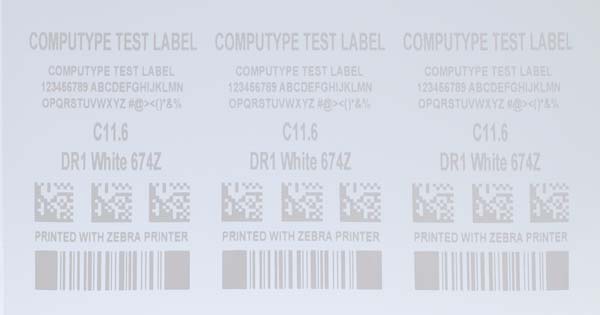
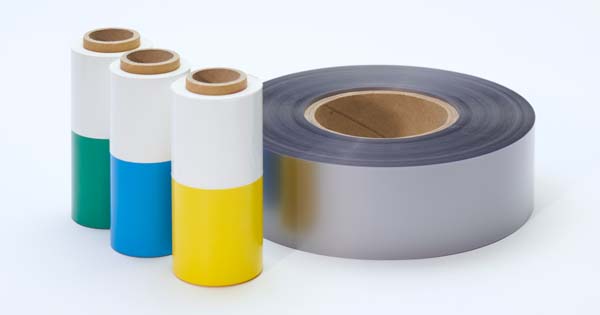
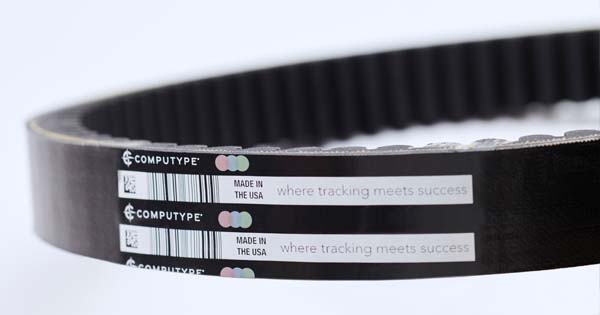
1. Reduce Your Waste
Reduction of scrapped materials comes up often in our discussions with those managing the manufacturing of rubber belts – particularly when they’re using pre-printed films to mark their rubber.
Not only is there guesswork involved in estimating the volumes you’ll be processing at a future date, but often facilities end up purchasing excess films just to meet order minimums. These unused films ultimately end up being scrapped. This becomes an even bigger problem when your processes require multiple formats as order minimums may apply to each format since each format will be run separately.
As we discussed previously, unlike more commonly used technologies like screen printing, our digital press can quickly and easily accommodate changes between images and formats. This allows us to print multiple formats in a single run. This translates to a great reduction in waste, and potential cost savings by allowing you to condense all of your formats into a single order with only one quantity minimum to meet.
2. Enhance Your Markings
Whether you want to increase bar code scan rates or represent your brand with a logo, image quality is important to consider when looking for a rubber marking strategy.
When we compare the image resolution of thermal transfer print technology – our Print On-demand Rubber Marking Printer is capable of printing at 300 dpi – to the 800 dpi resolution of our digital press the difference is clear. With more than double the dots per inch, there’s definitely an opportunity to enhance bar code performance.
Generally, screen printing is incredibly reliable when it comes to scanning, however color can be tricky – the same applies to thermal transfer. While Pantone matching is sometimes available and logos can usually be accommodated, complicated color combinations are costly and laborious, if not impossible, to achieve with these technologies.
Digital print technology is able to print a broad spectrum of color and apply it to a medium in a single pass. This allows us to print nearly anything onto our rubber marking films quickly and efficiently.
Capable of applying photorealistic imagery to rubber, our pre-printed films go far beyond the needs of most facilities ensuring no logo or brand color scheme is too difficult to achieve.
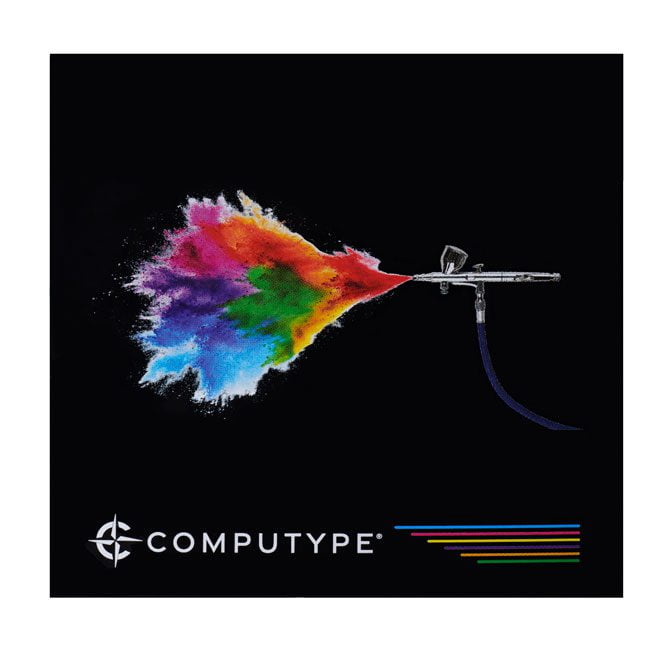
3. Integrate With a Print On-Demand System
Sometimes a print on-demand strategy is necessary to capture certain information, which is why we engineered the Rubber Marking Printer. Digitally printed films can be ordered partially pre-printed with space to add last minute information – such as bar codes or matrix codes – on-demand using thermal transfer print technology.
This method allows you to include valuable data without sacrificing brand representation or overcomplicating the process.
Marking rubber can be a wasteful and complicated process. We’re incredibly excited to be able to introduce a solution capable of addressing waste concerns and enhancing brand representation. If you’re interested in learning more about Computype’s Pre-printed Rubber Marking Film feel free to contact our team.
